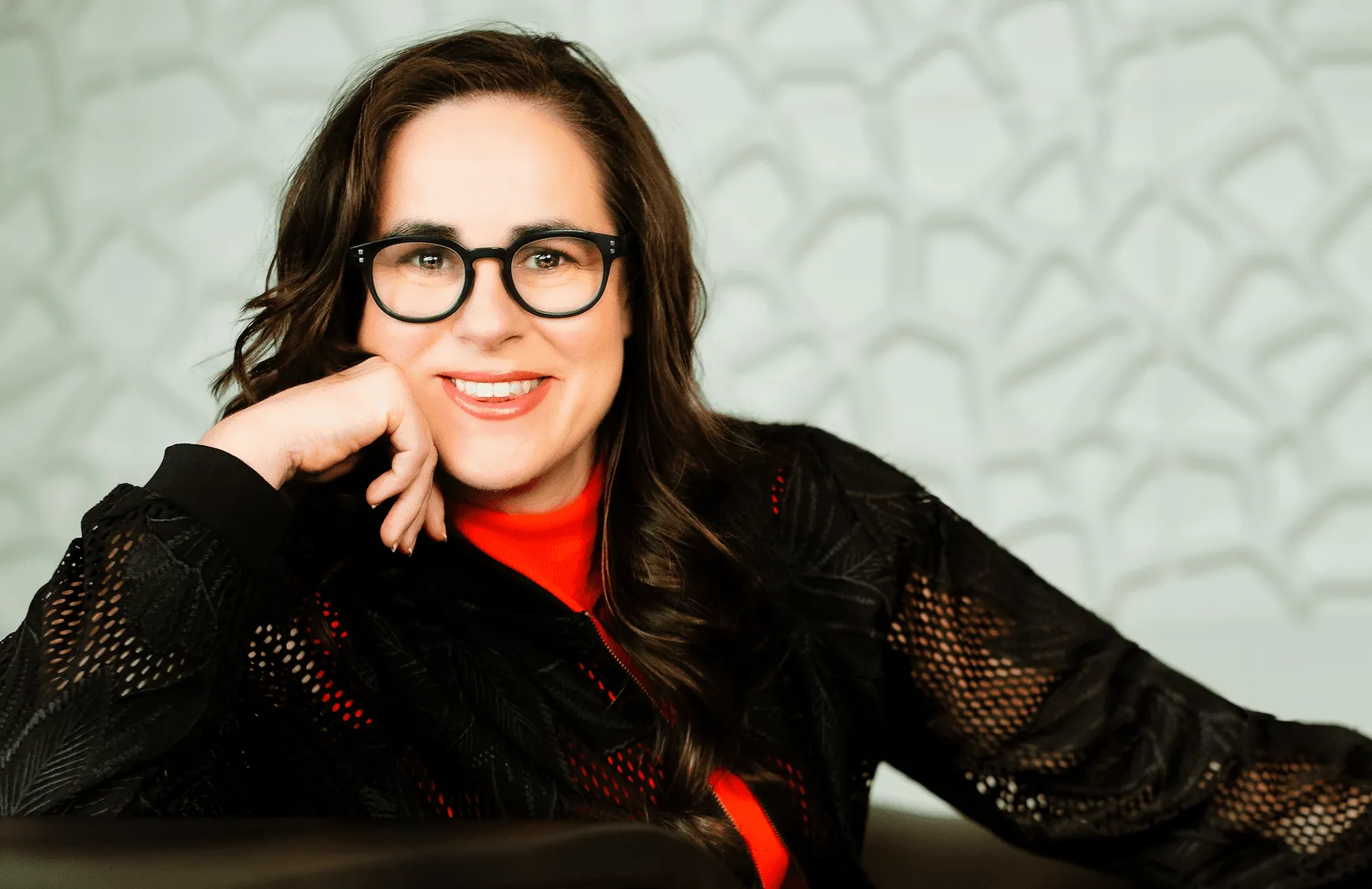The WOW Factor - Career Tips From Malia Johnston
The in-demand creative director and choreographer opens up on collaborative leadership, creative process, dealing with roadblocks and finding her path.
Written by

It's yet another big week in the world of Malia Johnston.
She's ready to unleash another mind-melting engagement of the senses, directing her latest show at the iconic World of WearableArts - this year's theme, Dream Awake - which will captivate audiences in Wellington and be seen around the globe.
The highly acclaimed choreographer and performance director has had a typically big year, with other highlights including producing the huge ceremonies of the World Choir Games at Auckland's Spark Arena and her work with award-winning performer Rodney Bell, the astonishing Meremere.
Amid it all, she found time to sit down with The Big Idea's Learning Network for an eye-opening instalment of the Creative Journeys interview with renowned broadcaster Sacha McNeil. It's a series focused on a wide range of creatives pulling back the curtain on their careers and offering tips and advice that others can learn from - no matter their chosen field or stage of their own creative journey.
With more than 20 years of experience and regarded as one of the best in her field, Johnston brings plenty of insights to the table.
Approach to leadership
From staging her own living-room theatre shows as a child for her grandparents to selling out arenas with eye-popping spectaculars, Johnston's reputation for innovative collaborations with performers and organisations across a wide range of disciplines has offered her the chance to find her own style.
That's both as a performer and a leader.
"I try to create an environment where leadership is happening on multiple levels," Johnston explains. "Even if you don't think you want to be a leader or stand at the front of the room, leadership is happening in a circular space with creative work."
Johnston highlights autonomy as a crucial element for creatives to be able to feel comfortable with - and for a good leader to provide them with. While she admits to being well-organised, there's a difference between that and trying to hold all the control.
"With creative work it's not a pyramid of one person, it's a holistic thing that we're doing as a community," she explains. "That's the one thing I really do try to teach in my practice, really giving the performers space to have their own sense of leadership and understand that leadership is multi-dimensional."
Getting comfortable in the uncomfortable
Johnston’s commitment to pushing boundaries is evident in her work, including a recent performance for the New Zealand Festival of the Arts that combined aerialists, dancers, and live music. She describes her journey as one of constant learning, balancing long-term collaborative partnerships with a willingness to challenge herself by working with new people and exploring unfamiliar territory.
"I still say yes to things I've never done before," she says. "It keeps me in that uncomfortable place where interesting things grow."
It's important to keep an element of what you love in your work, no matter if a change in role or growth in your career lays other duties on your plate. Johnston points out "I'm not dancing myself as much but I'm dancing with ideas and creating with people, so I still have that feeling (love of dance)."
Part of her own growth - her 'a-ha' moment - was understanding once the performance goes live, it's important to make peace with the fact you have no say on the reaction. "An audience is going to be honest and they're going to respond how they're going to respond - you have no control over it."
Dealing with brick walls
But even success stories find the going tough - imposter syndrome "comes with the territory", Johnston opines. As are creative blocks, no matter how experienced you get.
"Getting stuck is totally part of any creative process...It never goes away, it just reinvents itself in different ways and different projects, and it can be on a number of levels.
"It's where you confront the brick wall... over the years I've developed ways to know that brick wall is going to be there and I'm looking for the door. It's not an issue, I'm aware of it - it doesn't make it easy but you just have more tools to be able to go into problem-solving mode."
One of those tools is tackling the metaphor of an uphill struggle head-on - literally. Johnston inclined to walk up an incline to help find her way out of a creative jam.
"Walking uphill - it's an interesting thing in what happens to the physicality in the body - and even though artists or dancers might move in their practice, just this art of walking is a different type of energy flow on the body.
"It does amazing things for processing (thoughts) so yeah, I found that walking was actually insanely good."
Find more Creative Journey interviews, as well as learning modules like finding your own roadmap and how to sell yourself, available for free at the Learning Network